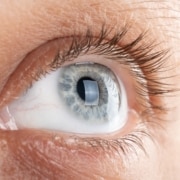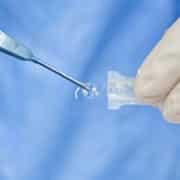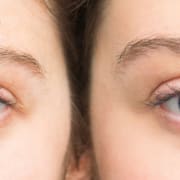Why More Patients Are Choosing PRK for Active Lifestyles
In Honolulu, where outdoor living is part of daily life, many residents are choosing PRK as a long-term solution for clear, reliable vision. From ocean sports to mountain trails, active individuals find that PRK offers lasting freedom from glasses and contacts.
Maehara Eye Surgery & Laser was founded over 30 years ago by Dr. Dennis Maehara and is now led by his son, Dr. Jeffrey Maehara, a board-certified ophthalmologist and fellowship-trained glaucoma specialist. With advanced training in both ophthalmology and regenerative medicine, Dr. Maehara offers expert care that makes PRK a trusted choice for individuals with active lifestyles.
What is PRK?
Photorefractive Keratectomy (PRK) is a proven laser procedure that adjusts the surface of the cornea to correct common vision issues such as nearsightedness, farsightedness, and astigmatism. Unlike LASIK, PRK does not involve creating a flap in the cornea, making it an ideal option for individuals with thin corneas or concerns about eye trauma during high-impact activities.
This procedure has been FDA-approved for decades and remains a safe and effective alternative to LASIK for many patients.
Key Benefits of PRK for Active Individuals
People who lead highly active lives often face challenges with glasses fogging up or contacts drying out. PRK offers a permanent solution that integrates seamlessly into a lifestyle characterized by motion and exposure to the elements.
Benefits of PRK include:
- No corneal flap, reducing the risk of flap-related complications during contact sports or outdoor activities
- Better long-term stability for individuals who may be prone to eye injuries
- Lower risk of post-surgery dry eye compared to LASIK
- Freedom from corrective lenses, improving convenience during exercise, swimming, or travel
These advantages make PRK especially appealing for athletes, military personnel, and those who spend significant time in water or wind.
Addressing Recovery Concerns
One of the main differences between PRK and LASIK is the recovery period. PRK typically involves a longer healing process, with visual improvement occurring gradually over several days to weeks. However, the final results are comparable to LASIK in terms of clarity and long-term vision quality.
With proper care, most patients return to normal activities within a week. Pain and discomfort can be managed with prescribed medications and lubricating eye drops. Follow-up visits ensure healing is on track and that vision continues to improve.
Discover Clearer Vision with PRK in Honolulu, HI
If you live in Honolulu and want lasting freedom from glasses or contacts, PRK can give you the clear, reliable vision to match your active lifestyle. Whether you’re on the beach, in the ocean, or out on the trails, this procedure offers the stability and comfort many people need.
To find out if PRK is right for you, schedule a consultation with a trusted eye care specialist today. Call 808-955-3937 to take the next step toward clearer vision and greater confidence.










